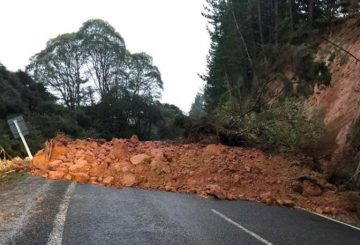気候科学者のオラフ・モルゲンシュテルン博士
。
今年、NIWA(国立水・大気研究所)は、大気中に早期かつ長期的にオゾンホールが発生すると予測している。
大気・気候科学の主任研究者であるオラフ・モルゲンシュテルン博士は、気候変動と昨年のトンガの火山噴火の組み合わせにより、オゾンシーズンが通常より長くなるだろうと予感していた。
「成層圏では冷却傾向があり、その結果、オゾンホールは季節サイクルの後半に崩壊し、そうでなければ発生しない場合よりも少し長く続く。
南極のオゾンホールは、通常、9月か10月に最大に達し、11月か12月に消失します。
オゾン分子は太陽からの紫外線を吸収し、地球上の生命の日焼け止めの役割を果たします。
モルゲンシュテルン氏によると、ハンガ・トンガ・フンガ・ハアパイは驚異的な量の水蒸気を大気中に放出し、これにより成層圏が冷え、南極上空に雲が形成されてオゾンの枯渇が促進されたという。
成層圏は気温の変化に非常に敏感であり、気候変動によって長期的な冷却傾向が生じ、それが現在の寒さと安定した状態の一因となっている可能性があると彼は述べた。
ニュージーランドのオゾン層破壊の影響は、太陽が地平線上の最高点に達した時期と重なる12月から1月にかけて起こるだろうと彼は述べた。
モルゲンシュテルン氏によると、オゾン層の穴が消え始めるのは2060年半ばになる可能性が高いという。
クレジット:radionz.co.nz



























































